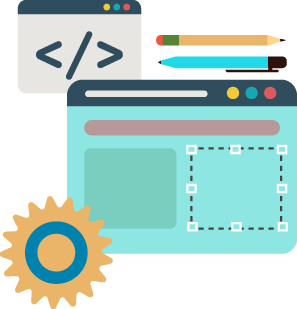
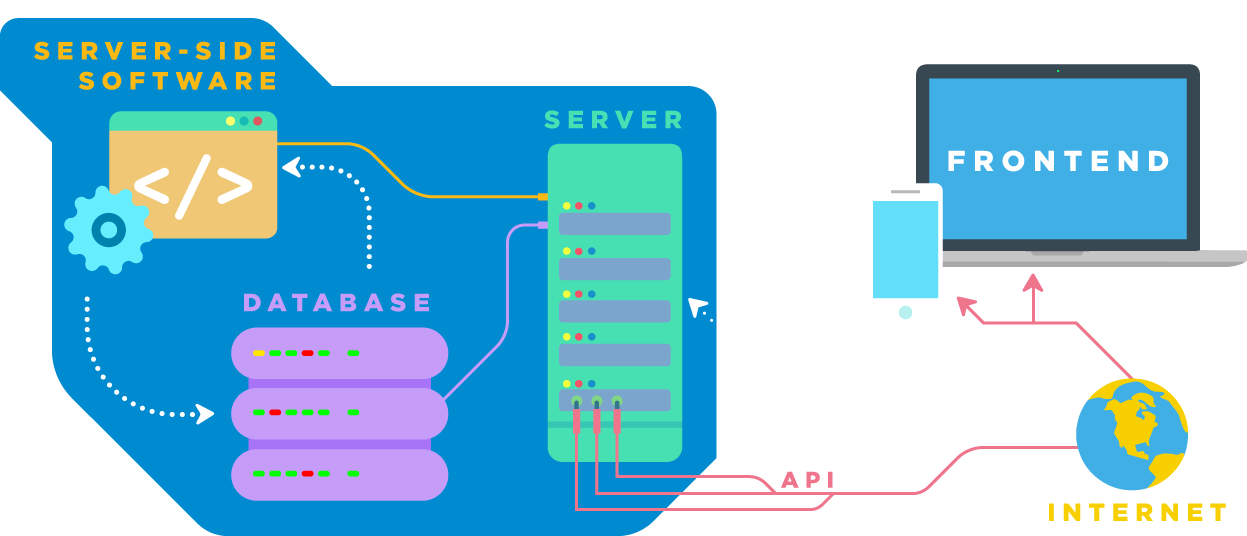
Most web applications consist of many moving parts. Achieving a high level understanding of those elements will go a long way toward your recognizing the payoff to your investment. To elevate your comfort level, we will continually explain the processes involved as your project moves forward and will always be available to answer every question you have.
The backend is a broad term for the software running your application on the server. It is referred to as the 'backend' because it is what cannot be seen. It is what sits 'behind' the 'frontend' (or visual user-facing part) of your application.
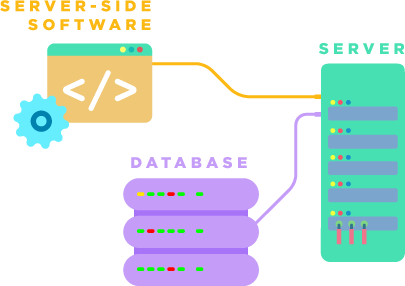
Server Side Software is code that runs on the server. This ranges from all the application logic, database queries, API infrastructure, and the code that generates the visible parts of your application that end up in your browser when you visit a url. In many cases, the various components of “Server Side Software” will account for the largest part of your project costs. There are many technologies that exist to create Server Side Software. Some of the most common ones we use are: Ruby (Ruby on Rails), PHP (Wordpress, Laravel, Symfony), Python, Node.js and Microsoft .NET.
The database(s) itself and the code that runs it, interacts with it, maintains it, and backs it up, are all part of a comprehensive database solution.
The hardware that runs your application is a critical component of your application. We will help you choose the right server configuration.
An Application Program Interface (API) is a way to interface with other parts of your application as well as third-party services.

The expression, “Frontend,” typically refers to technologies that run in the browser, as opposed to on the server. This is where common terms like HTML, CSS and Javascript come into play. Some of our favorite technologies for the front end stack are: HTML5, jQuery, D3, React, Bootstrap, Angular JS, Foundation and good old vanilla javascript.
When it comes to web development, the vocabulary is extensive. Even though you are in good hands and won't need to know any terms, we are always here to help you understand anything you are curious about. Here are a few very common terms that will likely be relevant to your project.
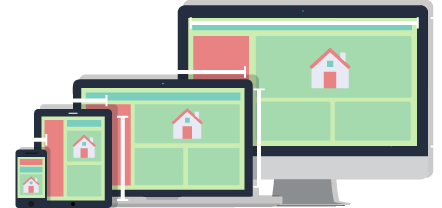
Responsive Design is design code that “responds” to the wide variety of existing screen sizes. The layout is programmed to adapt to optimal ways for various devices.
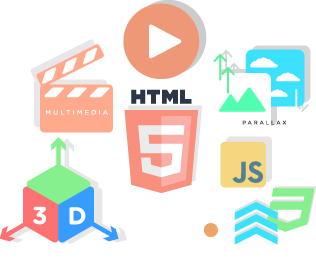
Flash use is in rapid decline, and in its place is HTML5. HTML5 covers a broad range of front end technologies, including responsive design, animations and video streaming.
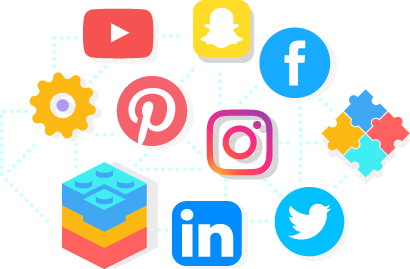
Beyond social logins, it is possible for your application to utilize deep level integrations with the social platforms most relevant to your audience.
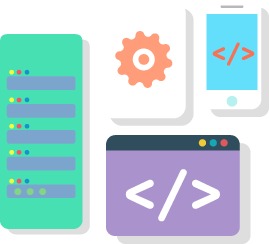
Web development related technologies are a critical component of mobile apps, mobile web, and associated APIs.
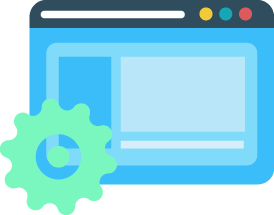
A Content Management System (CMS) is a type of application whose functionality is to help manage various types of digital content. Without a CMS in place, the method of editing content is to modify the code directly. The value of a CMS is very high.
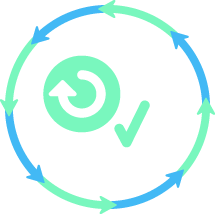
Legacy web systems can still be very valuable to an organization. Although sometimes a strain on staff, there's no rush to re-build a legacy system when modest support and upgrades can extend its life further.
Our goal is always to help our clients find the right usages for technology across a wide range of industries and application types. If your problem requires technology, there's a high chance web technologies will be a component of the solution. We approach every situation with a very broad view, and will help you understand what the current best practices are, what current competition is doing, and the most cost effective path to both short and long term objectives. Applications that appear very disparate at the surface very often have deep underlying technical similarities.Take a look at a broad sampling of application types. You will probably be surprised which ones are most related behind the scenes.
It takes hundreds of dedicated people working for years on the cutting-edge of science to bring life-saving drugs to market. It only makes sense to use cutting-edge HTML5 animations and web technologies to help communicate how new drugs work and the merits they provide.

Train your staff and users with a custom web-based training platform. Manage tests, quizzes, certifications, reading materials and videos, all from easy-to-use web portals.
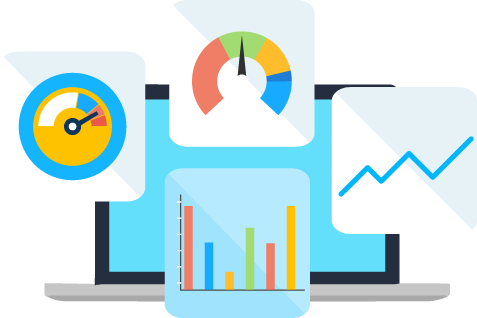
Whether you are automatically generating spreadsheets, reports from your Customer Relationship Management (CRM) system, marketing data to review, or business data that needs to be rendered into PDFs, web-based systems are going to be core to accomplishing all of your reporting goals.
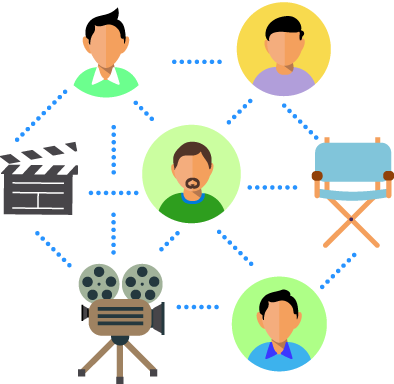
A custom social network for professional filmmakers is one of many examples of ground up niche social networks we have experience in building.
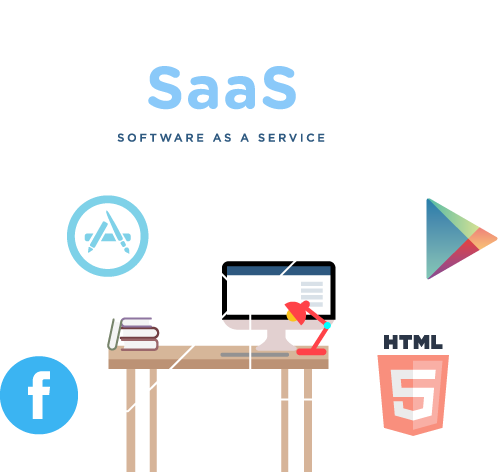
Software as a Service (SaaS) product development and automated native app generation. Imagine a sports recruitment and academic admissions subscription service that automatically generates team-focused native mobile applications along with a consumer grade CMS for customer institutions to manage their app content.
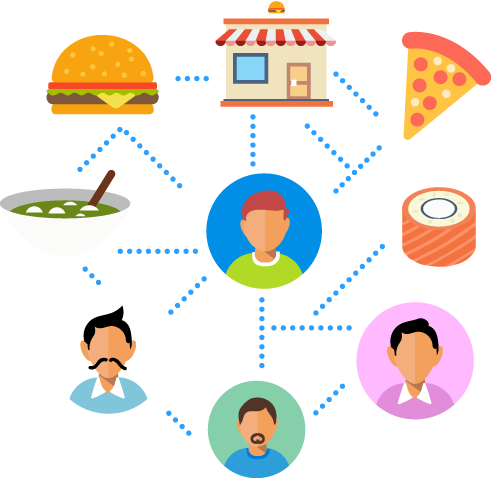
You know your friends’ tastes better than strangers. Set up private review networks between friends to share both local and remote food reviews when traveling. Add in blogging platforms and authoritative celebrity recommendations for a custom social platform with exciting applications of web-based technologies.
